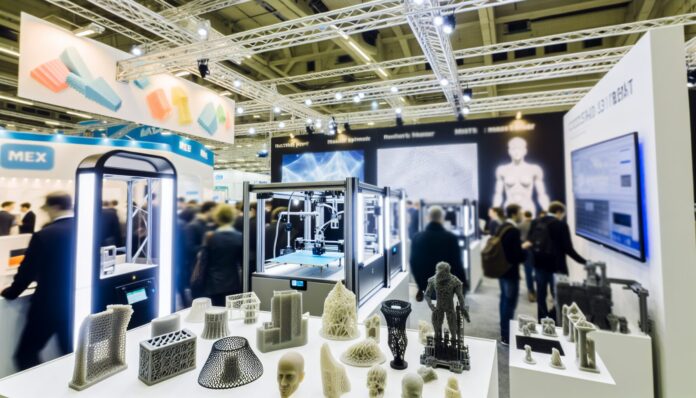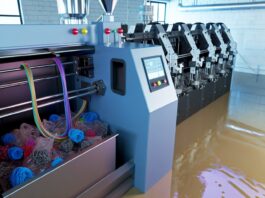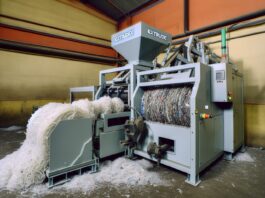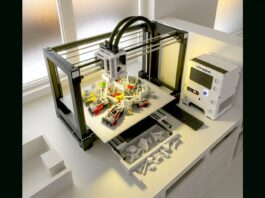
At Formnext 2023, HP made a strong statement about its commitment to advancing industrial 3D printing. The company unveiled new materials, expanded its Metal Jet platform, and announced strategic global partnerships—all aimed at accelerating the adoption of additive manufacturing (AM) across industries.
HP’s Additive Manufacturing Strategy and Portfolio Expansion
HP continues to build on its Multi Jet Fusion (MJF) and Metal Jet platforms, which are designed for high-volume, production-grade 3D printing. At Formnext 2023, the company introduced new materials and capabilities that enhance the flexibility and scalability of its AM solutions.
One of the key highlights was the introduction of a new material for the MJF platform: HP 3D HR PA 12 S. This high-reusability polyamide is optimized for cost-effective part production and offers improved surface finish and mechanical properties. It’s particularly suited for applications in automotive, consumer goods, and industrial sectors.
In addition, HP showcased the growing adoption of its Metal Jet S100 solution, which enables the mass production of metal parts using binder jetting technology. The platform is designed to deliver high throughput and low cost per part, making it ideal for industries such as healthcare, automotive, and heavy machinery.
New Materials and Applications in 3D Printing
HP’s new PA 12 S material is a significant addition to its polymer portfolio. It offers a balance of strength, detail resolution, and reusability, making it a versatile choice for manufacturers looking to scale production. The material is also compatible with HP’s automation solutions, enabling seamless integration into digital manufacturing workflows.
On the metal side, HP continues to expand the capabilities of its Metal Jet platform. The company highlighted several real-world applications, including:
- John Deere using Metal Jet to produce fuel system components with improved performance and reduced weight.
- Wilo, a global pump manufacturer, leveraging Metal Jet for complex impeller designs that are difficult to produce with traditional methods.
- Volkswagen exploring Metal Jet for lightweight structural components in electric vehicles.
These examples demonstrate how HP’s technology is enabling innovation in design and manufacturing, reducing lead times, and lowering production costs.
Global Collaborations to Accelerate AM Adoption
HP also announced several strategic partnerships aimed at expanding the reach and impact of its 3D printing solutions. These include collaborations with:
- Sandvik and Elnik Systems to optimize metal powder and sintering processes for Metal Jet applications.
- GKN Additive to scale production of metal parts for automotive and industrial customers.
- Jabil and Decathlon to develop new applications and streamline supply chains using MJF technology.
These partnerships are designed to create a robust ecosystem around HP’s AM platforms, enabling customers to move from prototyping to full-scale production more efficiently.
The Future of HP in Additive Manufacturing
HP’s presence at Formnext 2023 underscores its long-term vision for additive manufacturing. By investing in new materials, expanding its hardware capabilities, and building a global network of partners, HP is positioning itself as a leader in the industrial 3D printing space.
Looking ahead, the company plans to continue enhancing its platforms with AI-driven automation, improved software integration, and broader material compatibility. These developments will further reduce barriers to adoption and help manufacturers unlock the full potential of digital production.
As industries increasingly turn to additive manufacturing for sustainable, on-demand, and localized production, HP’s innovations are set to play a pivotal role in shaping the future of manufacturing.
Source: HP Press Center



